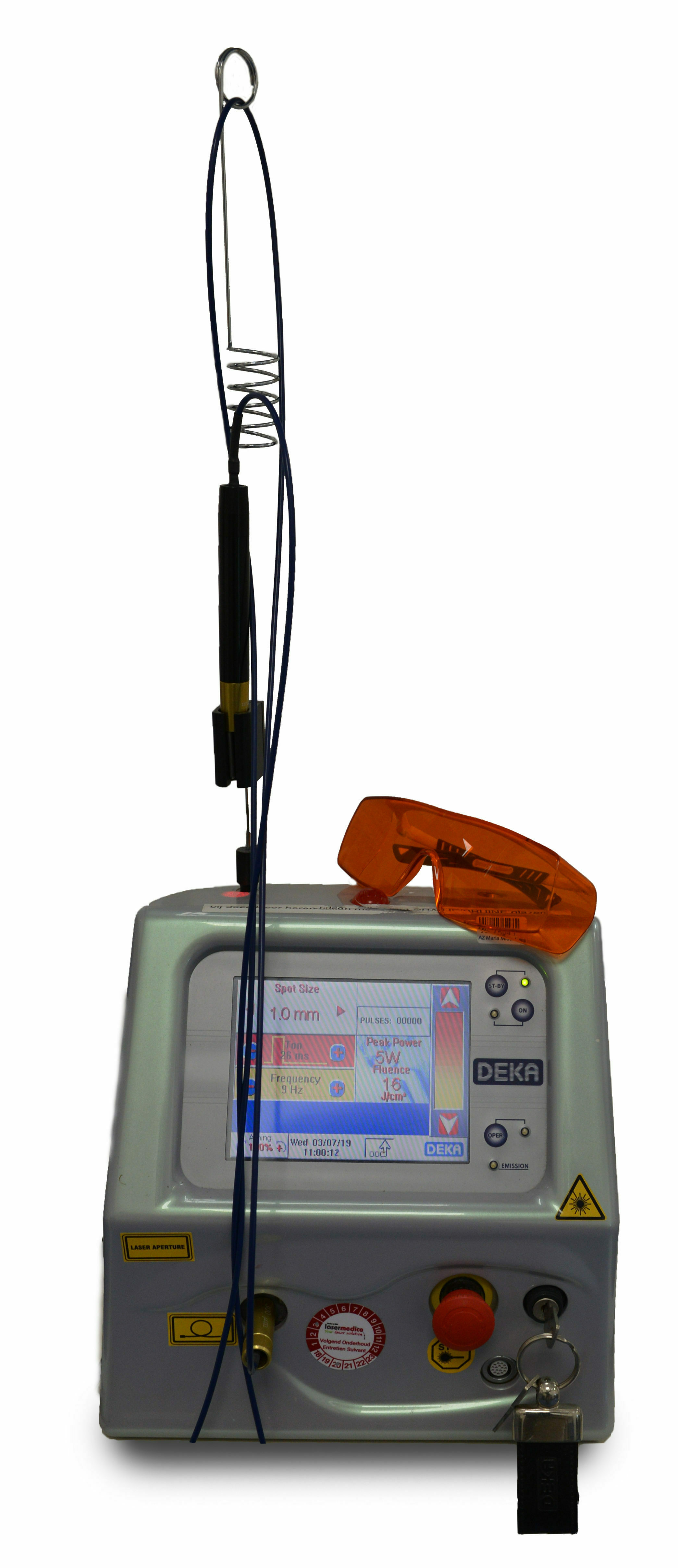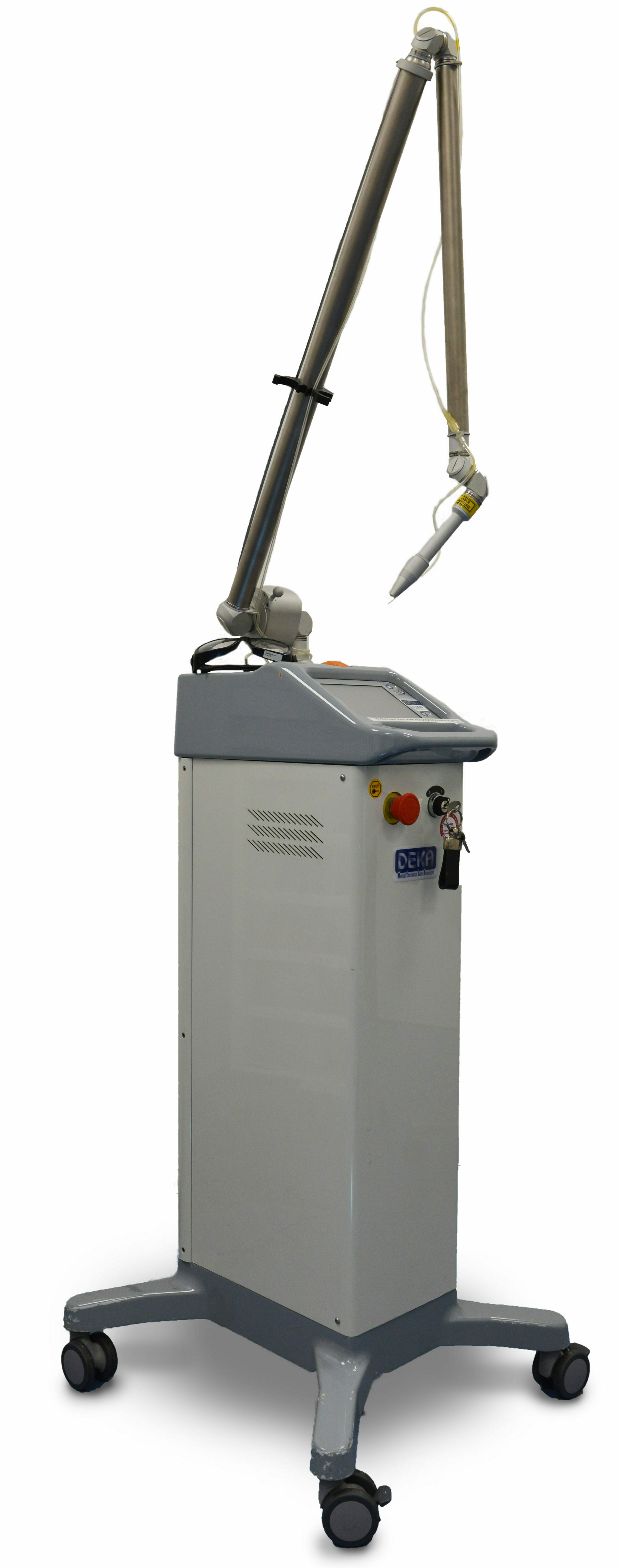Laser treatments
What is it?
What is it?There is no such thing as a universal laser that works for everything. Different types of laser exist, depending on the skin condition. A laser emits light beams. When the laser beam is targeted at the skin, it hits a small area (so it is selective) while avoiding other spots. The structures treated are determined by the type of laser and the strength of the beam.
Vascular laser
Vascular laser
What is it?
We have a vascular laser (a KTP) that can be used for:
- port-wine stains (angiomas)
- couperose skin (rosacea)
- dilated blood vessels in scars
- certain skin conditions (as per indication)
- spider naevi (spider veins)
- some small pigmentation spots
Practical information
- The objective of the procedure is to improve the blood vessel problem.
- This type of treatment is not performed in the summer.
- The procedure is not reimbursed by the mandatory health insurance and the price is determined by the amount of laser therapy.
- It is not always possible to predict how many treatment cycles are needed. This depends on many factors. We naturally strive for complete removal but this can never be guaranteed.
Treatment procedure
- The laser beam selectively targets the blood vessels while the surrounding tissue is spared.
- During treatment, a light tingling is felt. A numbing cream can be applied for this in advance.
- During the session, the site is cooled with ice (for pain relief).
- The duration of the treatment is ten to twenty minutes.
After the treatment
- After the treatment, small scabs or light swelling may occur. The scabs can be treated with a healing (scar) cream and ice can be applied on the swelling.
- Scarring is very rare.
- Sometimes, more than one session is necessary to achieve the desired result.
- The use of a good, total sunblock is recommended
CO² laser
CO² laser
What is it?
This type of laser can be used for:
- Warts
- Elevations of the skin
- Certain skin disorders
- Sometimes in case of wrinkles and scars
Practical information
- The procedure is largely reimbursed by the health insurance.
- The intention is, of course, to remove the marks. We endeavour to achieve the best possible result. However, we cannot guarantee a specific final result.
Treatment procedure
- The treatment is performed under local anaesthetic.
- The marked skin is heated and vapourised.
- The surrounding tissue is spared.
After the treatment
- The treatment will result in a small wound, the depth of which is determined by the original mark. This will heal in one to three weeks and is treated with a healing ointment. The wound may take longer to heal.
- In case of pain, pain relief (paracetamol) may be taken. Applying ice (always in a flannel or glove) is also an option.
- Contact your attending physician if pain suddenly becomes stronger (throbbing pain, stabbing pain or in case you are concerned).
- The wound must be treated with the prescribed ointment. No other ointments than the one recommended by the physician may be used.
- Do not scratch the wound.
- The use of a good, total sunblock is recommended up to six months after the treatment.
- Swimming is not recommended
Centres and specialist areas
Centres and specialist areas
Something wrong or unclear on this page? Report it.
Latest publication date: 13/08/2024




